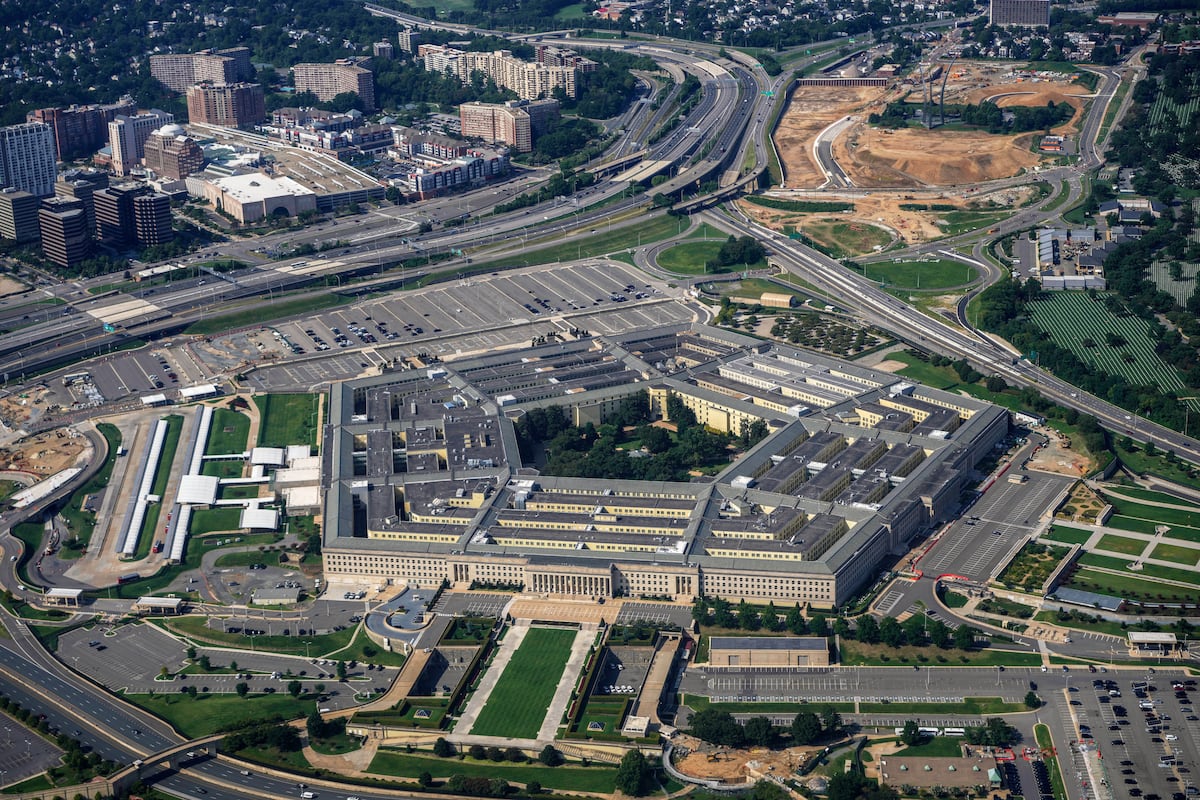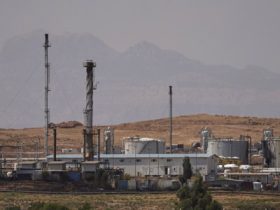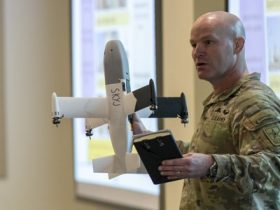Since the development of the Stryker Brigade Combat Team (SBCT), which began as a concept in 2000, the brigade has had a requirement for a mobile howitzer as outlined in the Stryker Operational Requirements Document. That document states “a self-propelled 155mm howitzer is the required capability” that “can be displaced from its firing position by no more than five soldiers in two minutes.” However, the Army has failed to deliver on this critical capability for the past 25 years, and the result is a dangerous capability gap that significantly affects the lethality of the brigade. For the past nine years, the Army has studied this issue with no forward movement. It’s time to procure a new howitzer if the Army wants Stryker brigades to be a fully capable, lethal force.
This capability — initially filled by the M198 howitzer and subsequently by the M777A2 — was acceptable in counterinsurgency operations, but as brigades changed their focus to decisive action scenarios, it quickly became apparent that the M777A2 was insufficient to support a fast-moving SBCT. This deficiency has been cited by every SBCT commander at each Stryker Brigade Leaders’ Summit conducted annually by I Corps.
To provide operational force feedback to the Army, the I Corps Stryker Brigade Warfighters’ Forum developed an Operational Needs Statement and Capability Needs Statement (ONS/CNS) in 2017 that cited the requirement for a mobile howitzer and were signed by the 2CR commander and I Corps commander, respectively. In April 2019, the Army held an Army Requirements Oversight Council (AROC), hosted by the chief of staff of the Army (CSA), to evaluate 2CR’s ONS. At the beginning of the AROC, the commandant of the field artillery school stated that he had gone over lessons learned from WWII regarding artillery employment and the key finding was that the Army needed to forgo towed artillery and pursue mobile artillery.
The CSA approved the ONS from 2CR and directed an FY21 “shoot-off” evaluation to inform future procurement decisions for a more mobile, lethal and survivable 155mm artillery system to replace their existing 18 M777A2 howitzers in the SBCT formation. The commander of Futures Command subsequently stated that if a solution emerged from the shoot-off, then he would find funding for 18 howitzers for 2CR. But this changed, and no funding was made available by the Army. The subsequent CSA did not see the critical need for the mobile howitzer, and for four years, it was not acted upon.
The Army kicked the can down the road by spending eight years developing the Extended Range Cannon Artillery (ERCA), which was canceled in 2024, and developing the Tactical Fires Studies, which was never released. Over two years ago, the Army G8 presented the CSA with an opportunity to purchase 18 howitzers, but the CSA rejected it. For what has historically been the biggest killer on the battlefield (and relatively cost-efficient compared to rockets and missiles), the Army’s focus has been on missiles and meeting the needs of the Corps commander rather than the needs of the company commander.
For crew protection, the M777A2 offers none, whereas the mobile howitzer would provide crew protection comparable to that of SBCT vehicles (in accordance with NATO STANAG 4569 Levels 1-4). Today, the howitzer crew rides in the back of the prime mover with the only protection being a cargo strap to prevent them from being ejected from the back of the vehicle and has no protection from indirect fire. For emplacement, the M777A2 takes five to eight minutes and can take up to seven to eight minutes for displacement.
The mobile howitzer emplacement, however, is less than three minutes and can displace in less than two minutes, ensuring survivability from counterfire. Current enemy counterfire capabilities indicate an M777A2 battery would be destroyed if it remained in place for more than four and a half minutes. Additionally, a mobile howitzer would alter the way a field artillery battery operates, allowing it to function more like an MLRS/HIMARS launcher and greatly increasing its survivability. Furthermore, increasing the barrel length (currently known as L39, meaning the barrel is 39 times the diameter long) to L52, as all NATO and Western allies currently employ, dramatically increases range and thereby increases survivability.
Another key advantage of a mobile howitzer is manning. The current M777A2 requires a nine-person crew. A mobile howitzer can reduce the crew size to six, which is a savings of 54 soldiers per battalion. This is particularly critical, as a Stryker field artillery battalion has 30-34 fewer soldiers than an Infantry Brigade Combat Team or Armored Brigade Combat Team field artillery battalion. These soldiers can then be used to fill the gap currently in the formation.
The Army relabeled the ERCA funds to the Self-Propelled Extended Artillery Requirement (SPEAR) last fall. SPEAR became Mobile Tactical Cannon (MTC) this year, absorbing the Army’s separate effort to get the mobile howitzer requirement through to replace M777s.
For 25 years, the Army has failed to meet this critical requirement. There are several mobile howitzers available for evaluation that could be given to 2CR (the approved ONS still exists), and the regiment could provide feedback to the Army on the best capabilities for the SBCT formation (a similar model was used in the development of the 30mm turret for the Stryker vehicle). Not all formations require the same howitzer and a one size fits all is not the answer for all formations.
The lack of a mobile howitzer for Stryker brigades is a glaring capability gap that must be addressed. The Army’s new Transformation and Training Command must prioritize the procurement of a mobile howitzer to ensure the entire SBCT has the firepower and mobility needed to support decisive action scenarios in the future. The time for action is now, before more opportunities are missed and the capability gap widens further. FM 3-09 states that a key tenet of field artillery doctrine is that artillery must be as mobile as the maneuver they support. M777s violate this tenet — we should not have mobile infantry without mobile artillery.
Bill Koziar is a retired field artillery officer who most recently served as the military analyst for the I Corps Stryker Warfighters’ Forum, in which he was responsible for Stryker modernization recommendations for the I Corps commander and developed the initial Operational Needs Statement for the mobile howitzer.
Read the full article here








Leave a Reply